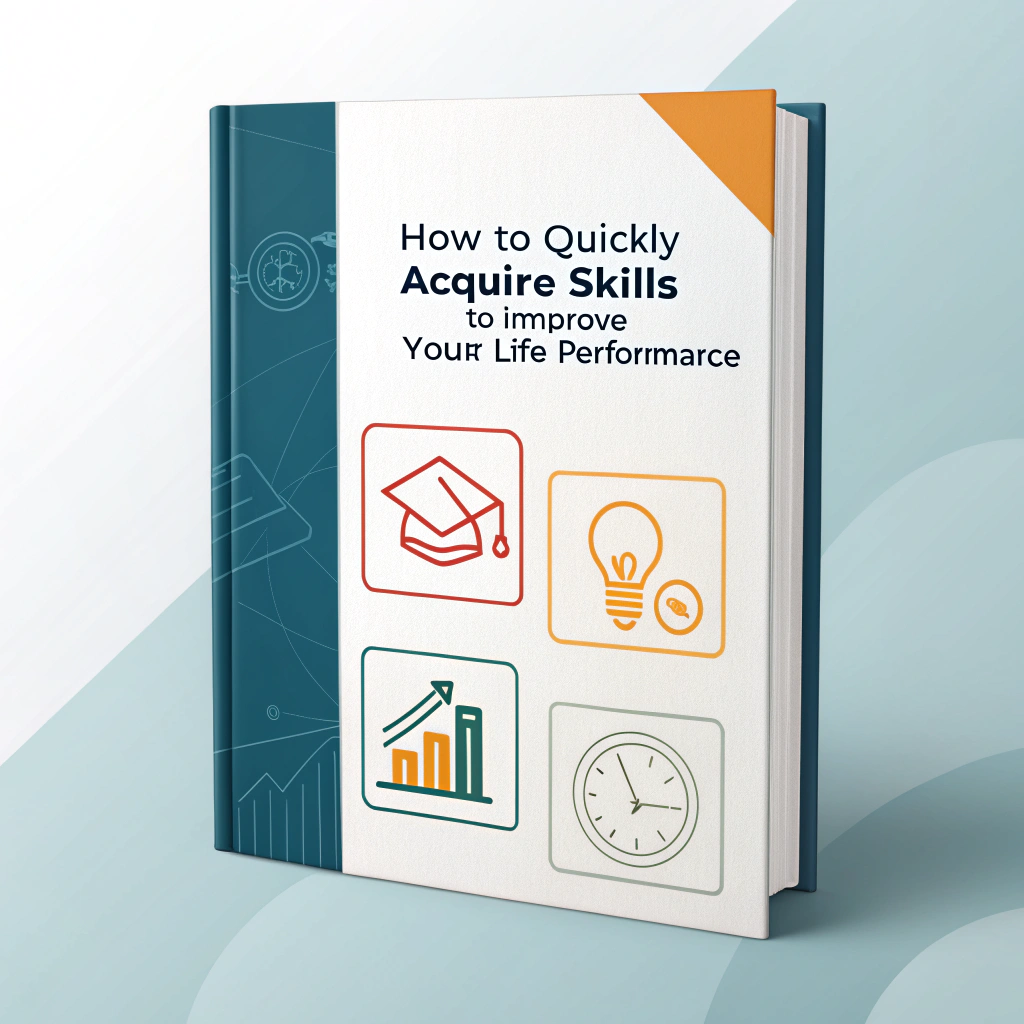Cutting Through the Noise – How to Find the Best Learning ResourcesQuickly
- How to use it:
- Instead
of studying one topic for hours, alternate between related subjects
(e.g., math problems of different types).
- Mix
old and new material in review sessions.
4. Elaboration
& Self-Explanation
- What
it is:
Explaining concepts in your own words and connecting them to prior
knowledge.
- Why
it works:
Deepens understanding by integrating new information with existing
knowledge.
- How to use it:
- Ask
yourself: "How does this relate to what I already
know?"
- Teach
the material to someone else (or pretend to).
5. The Feynman
Technique
- What
it is:
Simplifying complex ideas as if teaching them to a child.
- Why
it works:
Identifies gaps in understanding and forces clarity.
- How to use it:
- Choose
a concept.
- Explain
it in simple terms.
- Identify
weak points and review.
- Simplify
further and use analogies.
6. Dual Coding
(Combining Words & Visuals)
- What
it is:
Using both verbal and visual representations (diagrams, charts, sketches).
- Why
it works:
Engages multiple memory pathways for stronger recall.
- How to use it:
- Draw
mind maps or diagrams.
- Watch
explanatory videos (e.g., Khan Academy) alongside reading.
7. The Pomodoro
Technique (Focused Work Sessions)
- What
it is:
Studying in short, intense bursts (25 min work + 5 min break).
- Why
it works:
Prevents burnout and maintains focus.
- How to use it:
- Use
a timer (e.g., Focus To-Do or TomatoTimer).
- After
4 Pomodoros, take a longer break (15–30 min).
8. Sleep &
Memory Consolidation
- What
it is:
Sleep helps solidify learning.
- Why
it works:
The brain processes and stores information during deep sleep.
- How to use it:
- Prioritize
7–9 hours of sleep.
- Review
tough material before sleeping.
9. Chunking
(Breaking Information into Smaller Units)
- What
it is:
Grouping related concepts together.
- Why
it works:
Reduces cognitive load and improves recall.
- How to use it:
- Break
down complex topics into smaller parts (e.g., memorizing phone numbers in
chunks).
10. Environment
& Context Learning
- What
it is:
Studying in varied environments or mimicking test conditions.
- Why
it works:
Contextual cues improve memory retrieval.
- How to use it:
- Change
study locations occasionally.
- Practice
under exam-like conditions (timed, no distractions).
Bonus: Avoid
Illusions of Competence
- Passive
re-reading, highlighting, and summarizing without testing can create a
false sense of mastery.
- Always
test yourself actively instead of just reviewing notes.
Final Tip:
Consistency Over Cramming
- Short,
regular study sessions outperform last-minute marathons. Use a study
schedule and stick to it.
By applying these techniques, you can learn faster,
retain more, and study smarter—not harder.



.png)
.png)







